Reporting in Pay-Per-Click (PPC) advertising refers to The Process of collecting, analyzing, and presenting data related to PPC campaigns. It plays a crucial role in helping advertisers understand campaign performance, make informed decisions, and optimize their strategies for better results. Here’s a comprehensive breakdown of the topic:
Table of Contents
What is PPC Reporting?
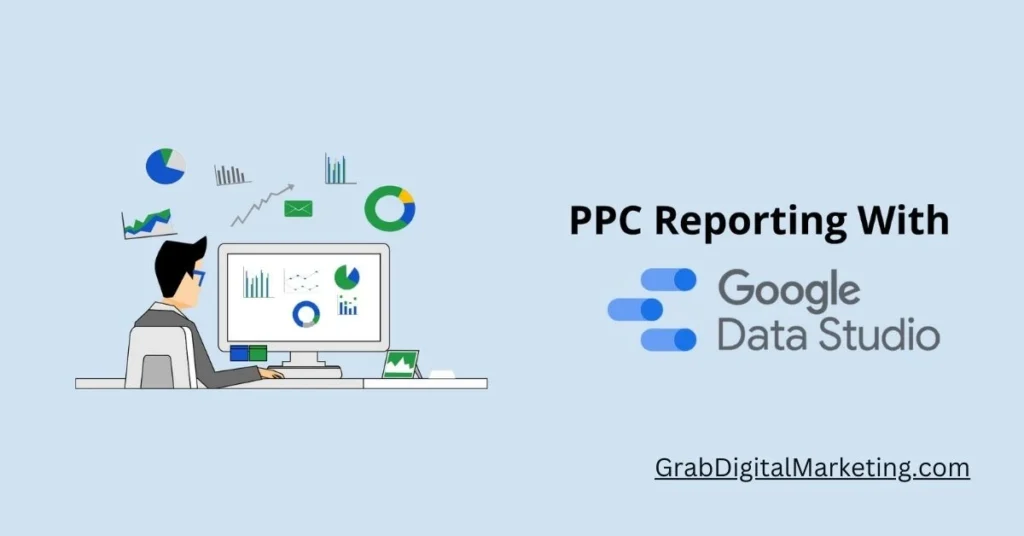
PPC reporting involves creating reports that showcase metrics, trends, and insights about PPC campaigns. These reports serve as a bridge between raw data and actionable strategies, enabling marketers to assess campaign success and identify areas for improvement.
A PPC report typically includes:
- Campaign Metrics: Impressions, clicks, click-through rate (CTR), conversions, cost-per-click (CPC), and conversion rate.
- Budget Insights: Total spend, return on ad spend (ROAS), and cost-per-acquisition (CPA).
- Audience Performance: Insights about the target audience, such as demographics, locations, devices, and behaviors.
- Keyword Analysis: Performance of keywords in terms of clicks, conversions, quality scores, and relevance.
- Ad Performance: Evaluation of ad copy, creative elements, and landing page performance.
Importance of Reporting in PPC
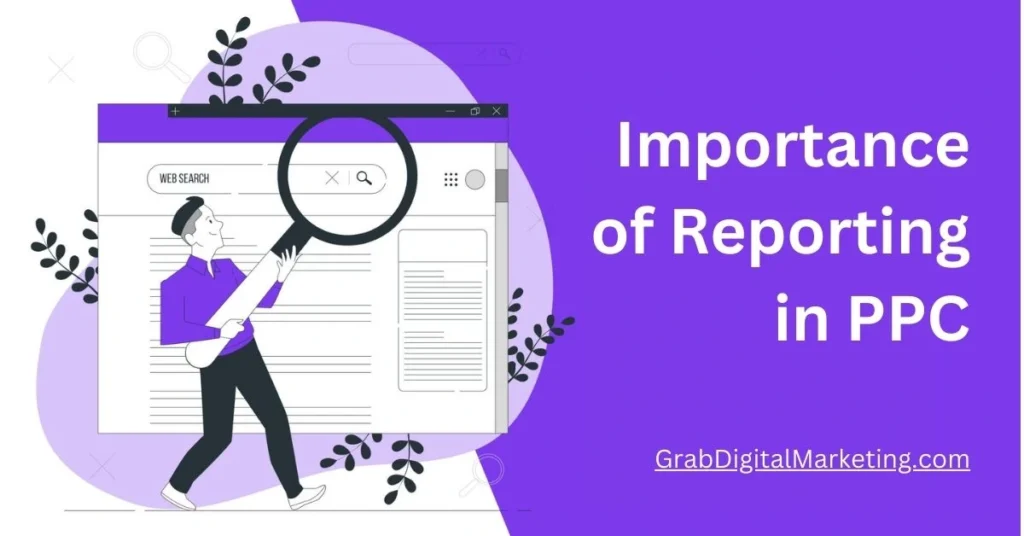
Reporting is critical because it empowers advertisers to:
- Measure Campaign Performance: Reports provide a clear picture of how campaigns are performing and whether they are meeting predefined goals.
- Optimize Strategies: By analyzing the data, advertisers can make adjustments to keywords, bidding strategies, and audience targeting to enhance performance.
- Justify Budget Allocation: Reports help justify ad spend by showing how investments translate into measurable results.
- Understand Audience Behavior: Insights into user behavior and engagement enable marketers to refine targeting and messaging.
- Identify Trends and Patterns: Reports highlight seasonal trends, emerging opportunities, and potential challenges.
Key Components of a PPC Report

- Campaign Overview:
- A high-level summary that includes total impressions, clicks, conversions, and spending.
- Metrics like CTR, CPC, and CPA provide a snapshot of efficiency.
- Performance by Channels:
- Breakdown of results across platforms like Google Ads, Microsoft Advertising, Facebook Ads, etc.
- Highlights which channel is delivering the best ROI.
- Keyword Analysis:
- Evaluation of keyword performance to identify high-performing and underperforming keywords.
- Suggestions for adding negative keywords or refining match types.
- Ad Performance:
- Assessment of ad headlines, descriptions, and creative assets.
- Analysis of A/B testing results to determine winning ad variations.
- Demographic and Geographic Insights:
- Data on audience demographics such as age, gender, and interests.
- Location-based performance to identify geographic strengths or weaknesses.
- Conversion Tracking:
- Details on conversions such as form submissions, purchases, or downloads.
- ROI and ROAS to measure profitability.
- Competitor Analysis:
- Benchmarking against competitors to identify opportunities for differentiation.
- Actionable Recommendations:
- Suggestions for improvement based on the findings in the report.
Types of PPC Reports
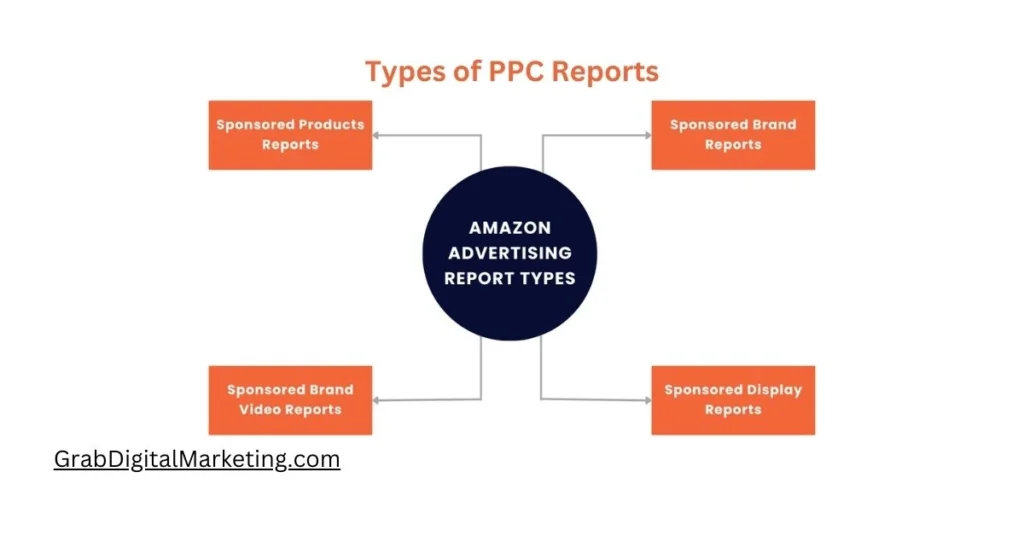
Daily Reports:
Focus on short-term performance to monitor anomalies or urgent issues.
Weekly Reports:
Provide a balanced view of performance trends and ongoing optimizations.
Monthly or Quarterly Reports:
Offer a comprehensive analysis with strategic insights and long-term recommendatios.
Custom Reports:
Tailored to specific business goals or stakeholder preferences.
Tools for PPC Reporting

Several tools assist in generating and automating PPC reports, such as:
- Google Analytics: Tracks website behavior and conversions.
- Google Ads Reports: Offers in-depth data on ad campaigns.
- Microsoft Advertising: Provides performance insights for Microsoft Ads campaigns.
- Data Studio: Allows for customizable and visual PPC reporting.
- Third-Party Tools: Platforms like SEMrush, Ahrefs, and HubSpot help streamline reporting across multiple channels.
Best Practices for Effective PPC Reporting
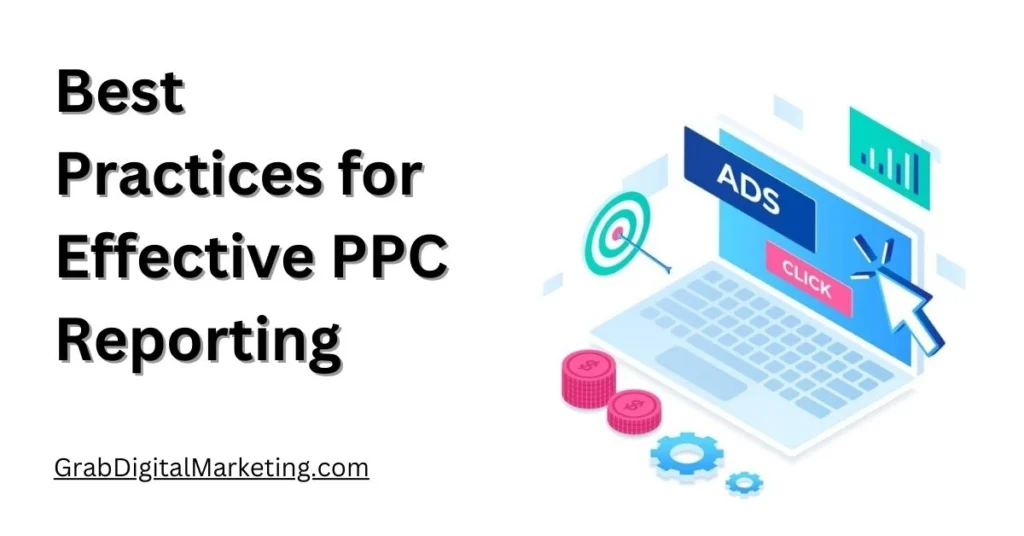
- Set Clear Goals:
- Define objectives like increasing CTR, driving conversions, or improving ROI.
- Focus on Key Metrics:
- Avoid overwhelming stakeholders with too much data; emphasize what aligns with goals.
- Visualize Data:
- Use charts, graphs, and tables to make reports visually appealing and easy to understand.
- Provide Context:
- Explain why certain metrics performed well or poorly, rather than just presenting numbers.
- Include Actionable Insights:
- Offer recommendations based on findings, such as refining targeting or adjusting budgets.
- Maintain Consistency:
- Use a consistent reporting format for easy comparison over time.
Challenges in PPC Reporting
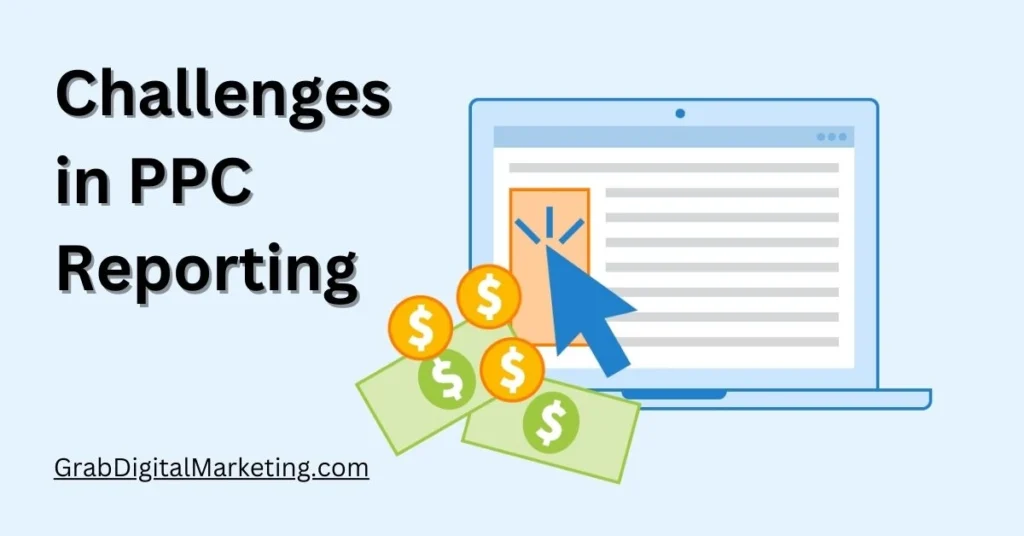
1 Data Overload:
- Extracting meaningful insights from vast amounts of data can be overwhelming.
2 Attribution Issues:
- Determining the true source of conversions is often complex, especially in multi-channel campaigns.
3 Dynamic Environment:
- The constantly changing landscape of PPC requires frequent updates and real-time reporting.
4 Stakeholder Alignment:
- Balancing the needs of different stakeholders while keeping reports concise.
Future of PPC Reporting

The future of PPC reporting lies in automation and AI-driven insights. Advanced tools can predict trends, recommend optimizations, and provide real-time analytics. The integration of machine learning will make reporting more dynamic and actionable, ensuring campaigns stay ahead of the competition.




